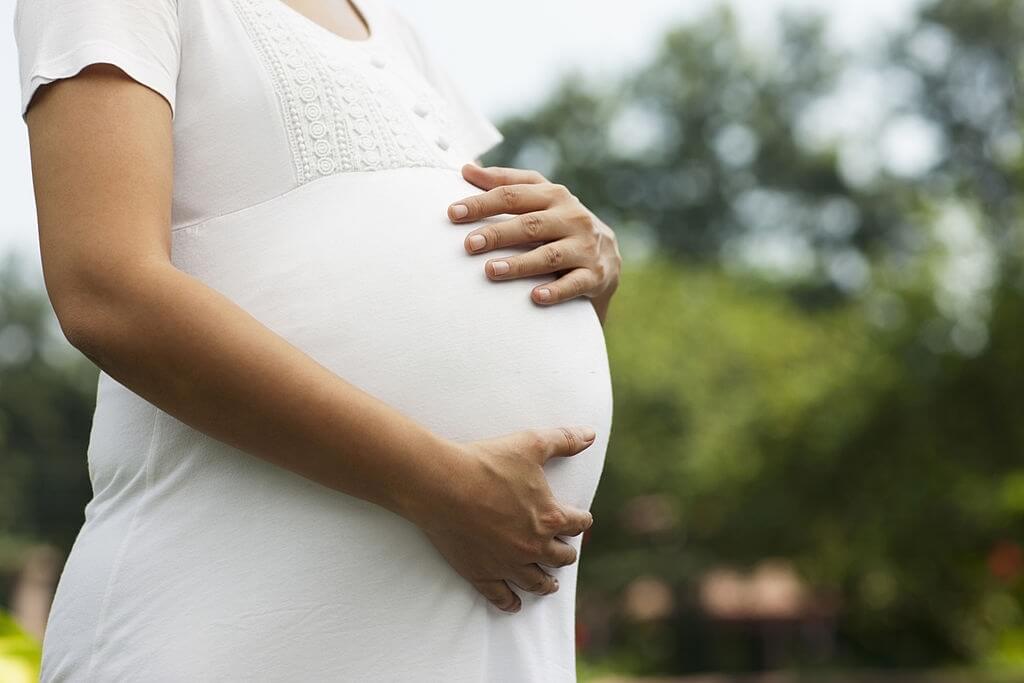A person with leukemia has blood cancer. Cancer in children most commonly occurs with leukemia. In addition to growing in the bone marrow, cancer cells spread throughout the body. Some bones have a spongy, soft center called bone marrow.
Blood cells are made here. The bone marrow of a child with leukemia produces abnormal blood cells. The abnormal cells are usually white blood cells. Fewer healthy cells are also produced. These abnormal cells multiply rapidly. They function differently from healthy ones.
Mothers At Higher Risk Of They Have Infections During Pregnancy
Leukemia is not known to have an exact cause in children. Developing childhood leukemia is linked to a number of conditions inherited from parents. However, the vast majority of cases are not inherited.
Changing genes in bone marrow cells have been detected by researchers. Children may experience these changes before or during birth. Sometimes these changes are random events.

Pregnancy is a phase when females have to be more careful as the baby can also get affected by any such infection to the mother. The infection can be of any type, and its direct effect can be there on the baby in the womb.
Inquiries about your child’s symptoms will be asked a lot by your child’s healthcare provider. This will lead to your child being examined. Other tests and blood tests may be recommended by your child’s healthcare provider. An individual’s complete blood count is a way to find out how many red blood cells, white blood cells, and platelets they have. Several pediatric cancer specialists may be recommended by your child’s healthcare provider if the results are abnormal.
Studies have shown that common infections such as urinary tract infections and respiratory infections can increase the risk of a child developing leukemia. Despite the high incidence of childhood leukemia, the overall risk of the disease was relatively low.
In a study, researchers examined whether children who had mothers who reported common infections during their pregnancy were more likely to develop childhood leukemia, including acute lymphoblastic leukemia and acute myeloid leukemia.
Study results published in the International Journal of Epidemiology by Murdoch Children’s Research Institute (MCRI) found that due to the rarity of pediatric leukemia, urinary tract infections and respiratory tract infections were associated with relatively low risks of pediatric leukemia.
In the International Childhood Cancer Cohort Consortium study (I4C), children with childhood cancer were recruited from Australia, Denmark, Israel, Norway, the United Kingdom, and the United States. From the 1950s through the 2000s, more than 300,000 children participated in the study.
In his remarks, the senior author of the study and Director of I4C International Data Coordinating Centre at MCRI, Professor Terry Dwyer, welcomed the findings of the study.
He explained that although previous studies have shown that maternal infection can lead to childhood leukemia, evidence from cohort studies tracking children over time had not been available until now.
Professor Dwyer cites the I4C study as an example of groundbreaking research that could lead to finding the source of childhood cancer.
Dr. Melissa Wake, MCRI’s Director of GenV, said the findings of the study demonstrate the importance of large-scale, whole-population cohort studies, such as the GenV research project at MCRI.
“However, leukemias are still rare,” she said, explaining that this study is the most comprehensive prospective analysis of what might increase childhood leukemia risk that has been completed to date.
During two years, all Victorian families in the case of a newborn child will be invited to join GenV globally. This is possible for approximately 150,000 children and their parents.
Researchers around the world will have access to GenV data in due course, which results in global implications for research.”